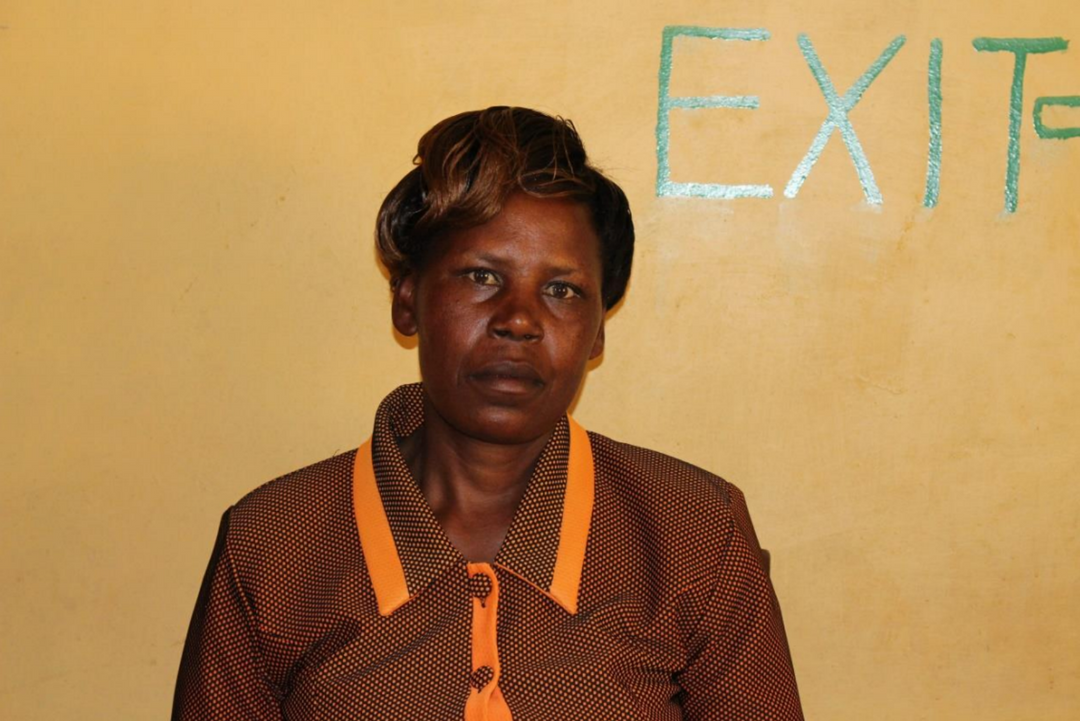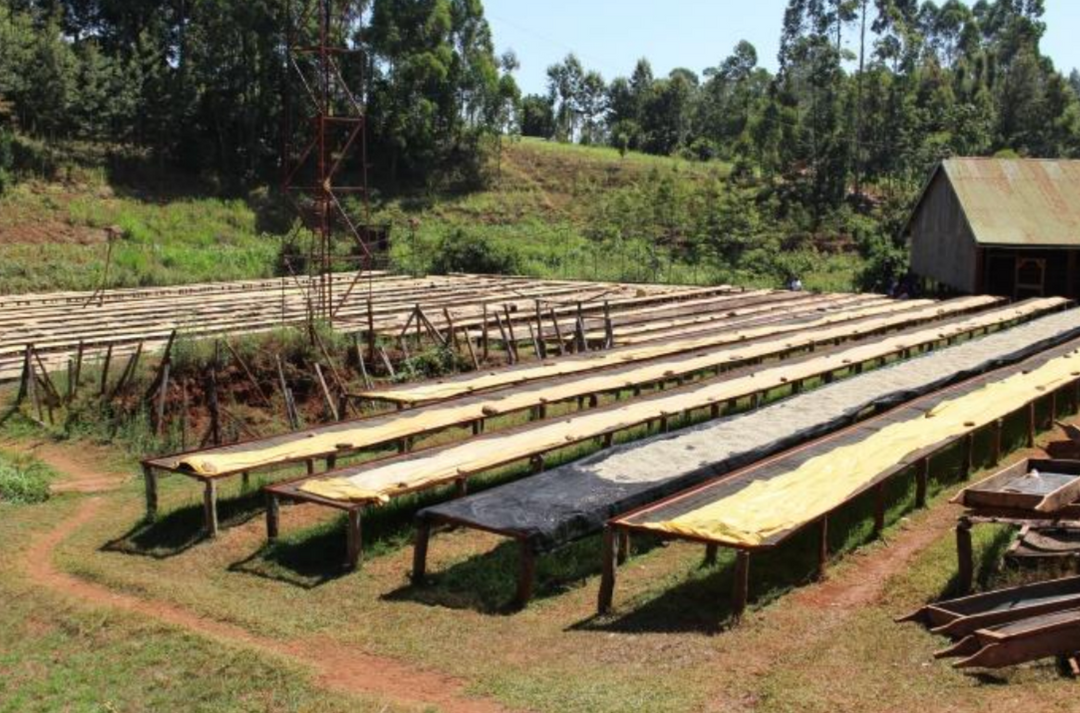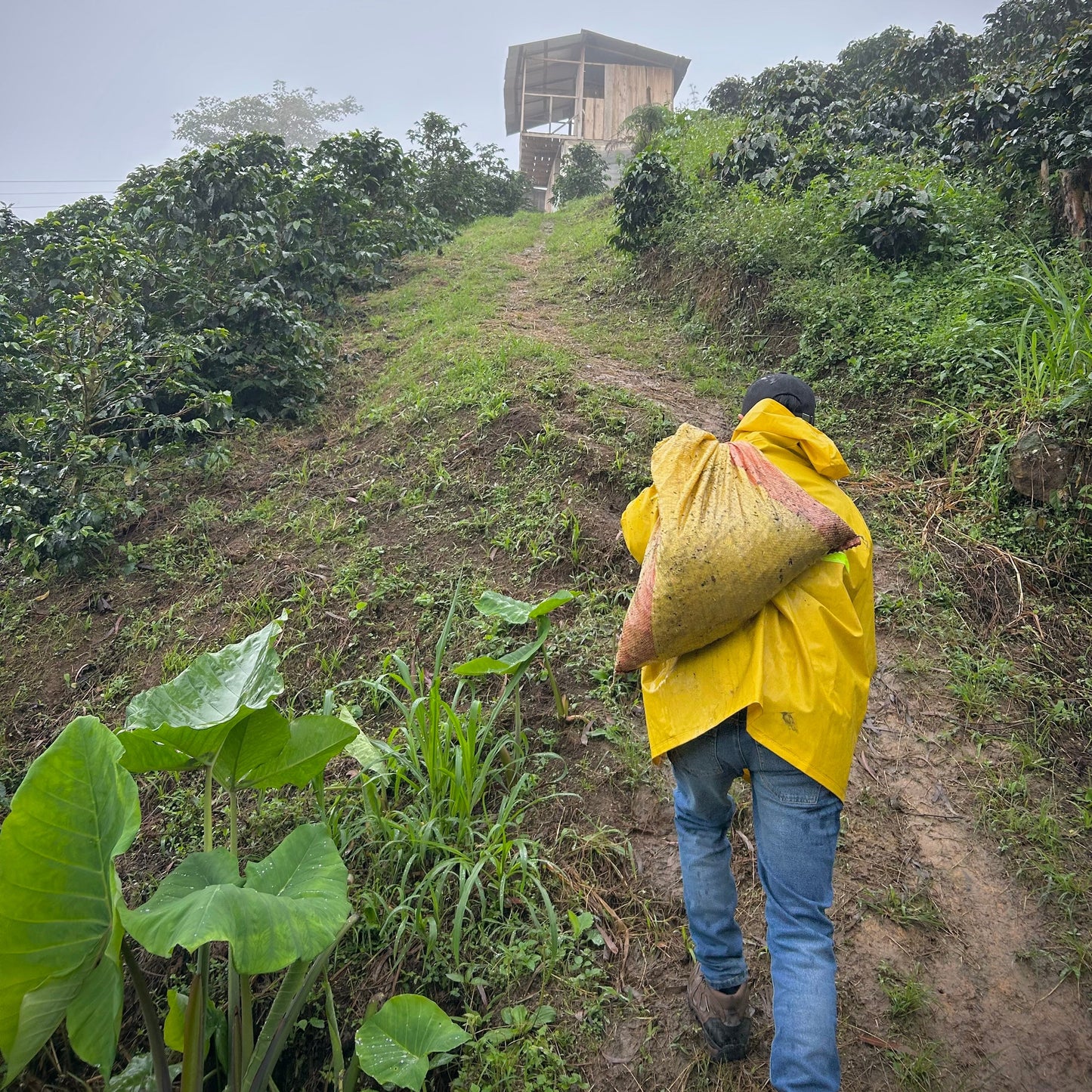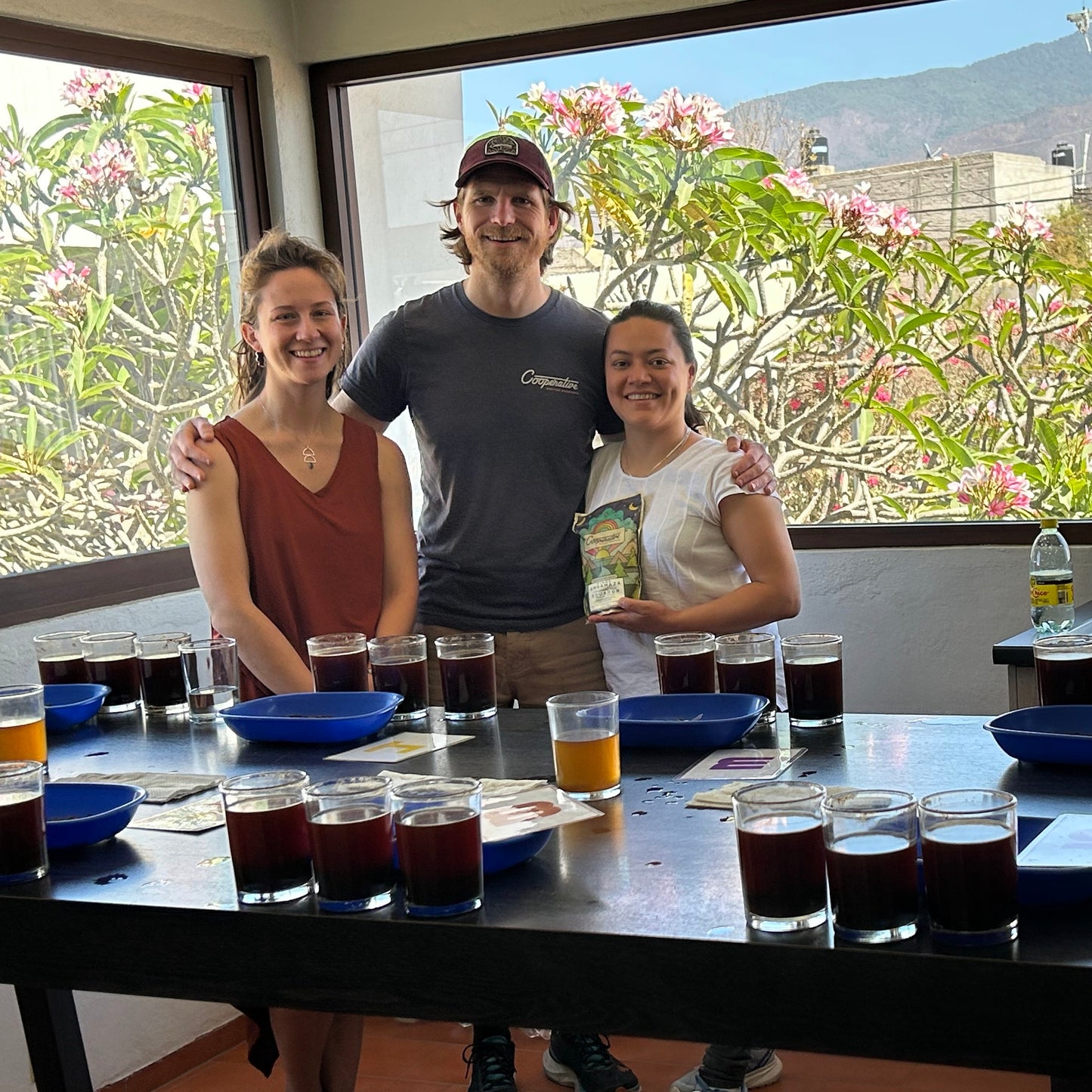

Location: Nyeri County, Kenya
Varieties: SL 28, Ruiru 11, Batian
Annual rainfall: 1600mm
Temperature: 13-24 c
Altitude: 1800-2100 masl
Soil Type: Red volcanic soils
Processing: Washed
Co-op membership: 1,542
BACKGROUND
This coffee comes to us through Dorman's, the preeminent exporter of some of the best and most transparent coffees found in Kenya. Gachatha Coffee Factory rests on a 392-acre piece of land between the villages of Muthuaini, Thiriku, Gachenge, and Kianjau. It started in 1963 to form the Gachatha Farmers’ Co-operative Society Ltd. Co-op. Its current stands at 1,542.
The area surrounding Gachatha area is densely populated, so every effort is made to minimize impact. The factory treats all water in soak pits to ensure no contaminates run into the local waterways, which are a source for drinking water. The community also places great importance on protecting the indigenous trees that remain in the area, so that the local bird life can be sustained.
LOCATION
Gachatha factory was formed in 1963 and it is situated in the slopes of the Aberdare mountain range, Karundu location, Nyeri County about 150km north of Kenya’s capital Nairobi.
SOILS AND CLIMATE
Gachatha Coffee Factory experiences moderate rainfall and temperatures here range from 13 to 24C year round. The main varieties of coffee grown here is SL28, Batian, SL34 and Ruiru 11. The region has deep, fertile well drained red volcanic soils which are ideal for coffee production.
PROCESSING
After picking, ripe cherry is brought to the factory by smallholder farmers, before it undergoes processing to remove the skin and pulp – known as the wet processing method. The nearest water source and the factory are dependent on electrical pumps to move water to reservoir tanks before using it for processing.
Water is also recirculated for conservation. The factory is using a disc pulper with three sets of discs to remove the skin and fruit from the inner parchment layer that is protecting the green coffee bean.
After pulping, the coffee is fermented overnight to break down the sugars, before it is cleaned, soaked and spread out on raised drying tables. Time on the drying tables depends on climate, ambient temperature and total production volumes currently undergoing processing.
MILLING PROCESS
Hulling machinery removes the parchment layer (endocarp) from wet processed coffee. Hulling dry processed coffee refers to removing the entire dried husk — the exocarp, mesocarp and endocarp — of the dried cherries.
Polishing is an optional process where any silver skin that remains on the beans after hulling is removed by machine. While polished beans are considered superior to unpolished ones, in reality, there is little difference between the two.
Grading and sorting is done by size and weight, and beans are also reviewed for color flaws or other imperfections.
Beans are sized by being passed through a series of screens. They are also sorted pneumatically by using an air jet to separate heavy from light beans.
Finally, defective beans are removed either by hand or by machinery. Beans that are unsatisfactory due to deficiencies (unacceptable size or color, over-fermented beans, insect-damaged, unhulled) are removed.

PRE-FINANCING FARMERS
From funds set aside from the previous year’s harvest, members of the cooperative can access pre-financing for school fees, access to farm inputs and funds for emergency needs. The factory is receiving assistance from a field partner- Coffee Management Services (CMS).
The long term goal is to increase coffee production and quality through farmer training, ready access to inputs, Good Agricultural Practice seminars, and providing the most current printed materials on sustainable farming. By paying the producers some of the highest returns for their coffee this objective becomes more possible.
We are incredibly proud of our relationship with the exporter, Dorman's. They strongly believe in establishing a transparent, trust-based relationship with smallholder farmers, helping to support sustained industry growth throughout the country, and continuing to elevate the standards of quality coffee produced in Kenya.
← Older post Newer post →






